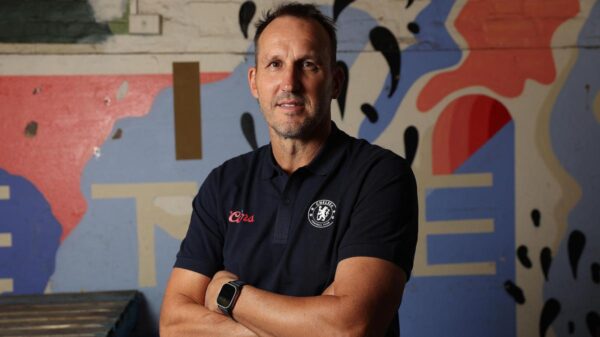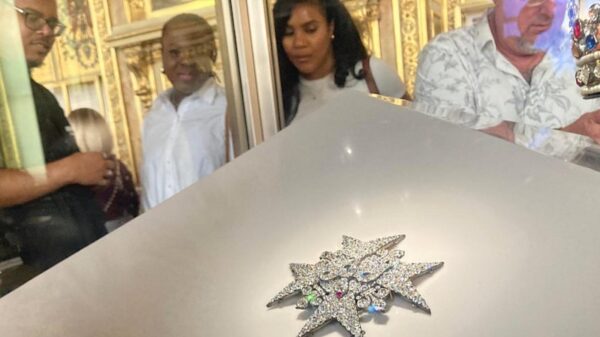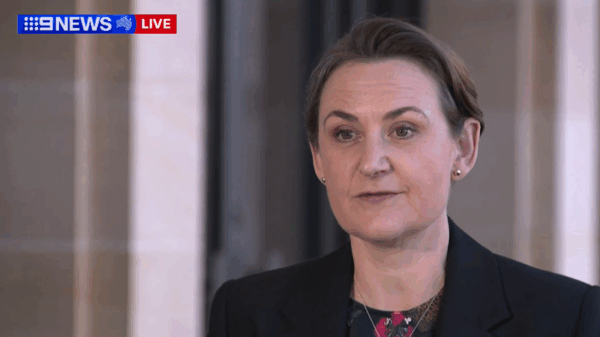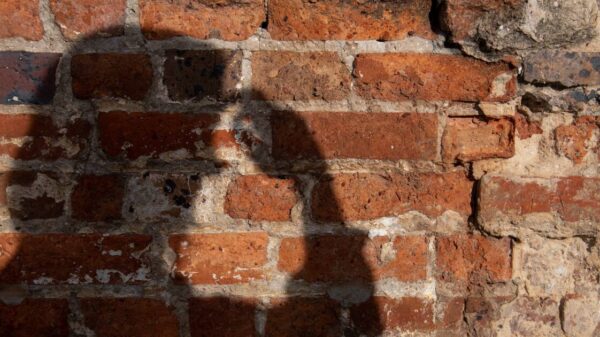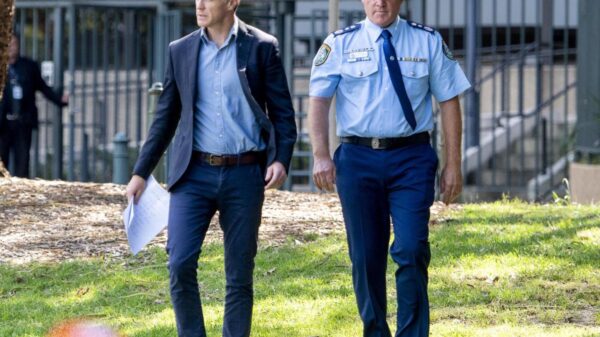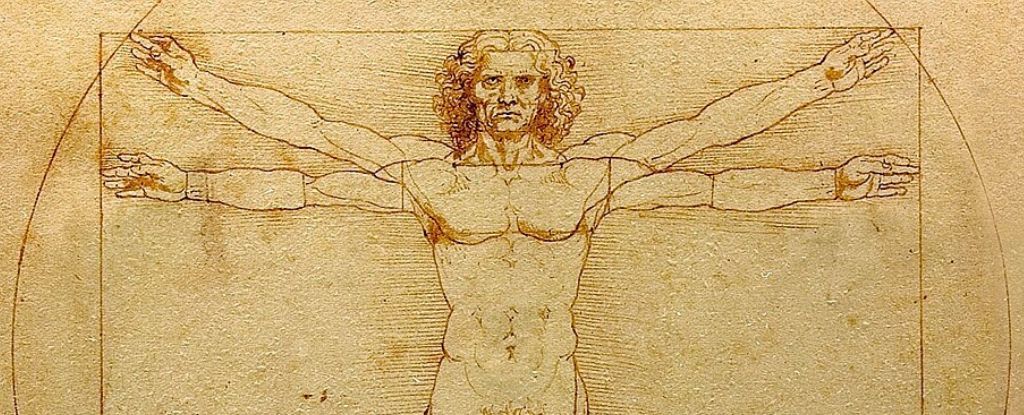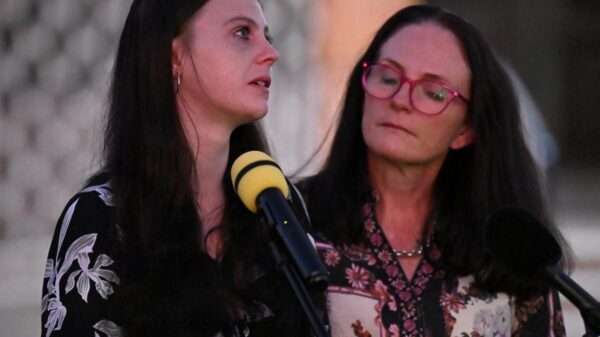A recent discovery by London dentist Rory Mac Sweeney may finally illuminate a longstanding mystery surrounding Leonardo da Vinci‘s iconic drawing, the Vitruvian Man. For over 500 years, art historians have speculated about the specific proportions of this renowned illustration, which depicts the ‘ideal’ human body, but Mac Sweeney believes he has uncovered a crucial detail that could explain these measurements.
In his analysis, Mac Sweeney identified an equilateral triangle hidden within the Vitruvian Man’s crotch area. This geometric shape, he argues, could provide insight into why da Vinci chose the particular dimensions for the drawing. The Vitruvian Man is partially inspired by the writings of the Roman architect Vitruvius, who suggested that an ideal human body should fit within both a circle and a square. Da Vinci’s artwork presents a square that contains a ‘cruciform pose’ with arms outstretched and legs together, while the circle accommodates a different posture, with arms raised and legs extended.
Many theories have circulated regarding the proportions in the Vitruvian Man, with the Golden Ratio being a popular explanation. However, according to Mac Sweeney, the measurements do not align perfectly with this theory. He has taken a different approach, stating, “The solution to this geometric mystery has been hiding in plain sight.”
In his notes, da Vinci described how, if one were to open their legs and raise their arms such that their fingertips touch the line of their head, the space between their legs would form an equilateral triangle. Upon performing the calculations, Mac Sweeney found that the distance between the feet and the height of the navel created a ratio of approximately 1.64 to 1.65. This ratio is intriguingly close to the tetrahedral ratio of 1.633, established in 1917. This specific ratio is significant in packing spheres most efficiently.
Mac Sweeney draws parallels between this geometric relationship and principles used in dentistry, particularly with Bonwill’s triangle, which has been used since 1864 to determine optimal jaw positioning. He suggests that this connection may not be coincidental.
According to Mac Sweeney, just as minerals and biological structures in nature often exhibit tetrahedral geometries, human anatomy might also reflect these geometric principles. He posits that “human anatomy has evolved according to geometric principles that govern optimal spatial organization throughout the universe.” If his theory holds true, da Vinci could have intuitively discovered a universal principle while creating the Vitruvian Man.
The implications of Mac Sweeney’s findings extend beyond art history. He notes that “the same geometric relationships that appear in optimal crystal structures, biological architectures, and Fuller’s coordinate systems seem to be encoded in human proportions,” suggesting that da Vinci might have grasped fundamental truths about the mathematical nature of reality.
While Mac Sweeney’s research has yet to gain unanimous acceptance in the scientific community, the inclusion of the equilateral triangle in da Vinci’s notes emphasizes its potential significance. His findings were published in the Journal of Mathematics and the Arts, inviting further discussion and exploration of this fascinating intersection between art and geometry.



